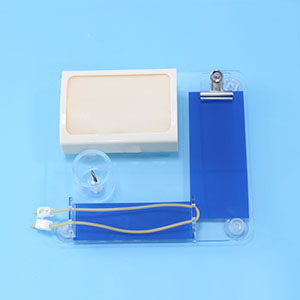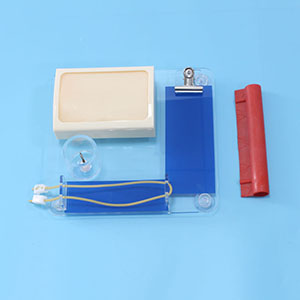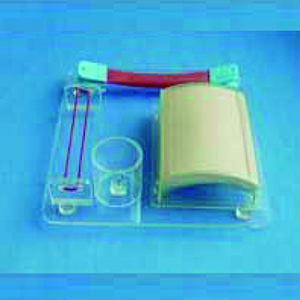

Article tag: Surgical Multi-skill Training Model| Medical Clinical Model| BIX-LF10|
By using the advanced surgical training model, students are not only able to improve their operational skills in a short period of time, they are also able to practice repeatedly in a low-risk, controlled environment, thereby mastering complex surgical operations more quickly. This training method not only greatly shortens the time from learning to skille...
In surgical education, students often need to experience long-term theoretical learning and practical training from entry to skilled operation. However, the mastery of surgical skills is not only dependent on repeated clinical practice, but also closely related to the efficiency of the training mode. ** Advanced Surgical Training Model ** As an innovative educational tool, it can provide students with systematic and standardized training, so that they can improve their skills in a short period of time, thereby reducing the time from learning to proficiency.

Surgical Multi-skill Training Model
1. Provide accurate simulation training: from the basics to the rapid mastery of complex operations
One of the greatest advantages of the advanced surgical training model is that it accurately simulates every step of the surgical process, from simple sutures to complex internal procedures. Through these highly simulated models, students are able to practice repeatedly in a safe and controlled environment and gradually acquire and become proficient in various surgical skills. Unlike a traditional surgical internship, students no longer have to wait for clinical opportunities or worry about the risks of error, but can get immediate feedback and improve quickly in a simulation model.
Case in point: A study of surgical residents showed that participants using the advanced surgical training model experienced an average 20 percent reduction in the time it took to successfully complete complex operations after receiving simulated training. The surgical success rate of these students was 35 percent higher than that of their peers who only went through traditional surgical internships.
2. Gain experience quickly: Practice effectively in a low-risk environment
Traditional surgical training often involves operating on real patients, but this type of training not only requires a long learning cycle, but also carries certain risks. With the advanced surgical training model, students can quickly gain experience through repeated practice in a risk-free environment. The simulation model not only provides the opportunity for multiple manipulations, but also provides real-time feedback after each exercise to help students identify and correct operational errors in a timely manner.
Study data: One survey showed that after 30 simulated training sessions, participants made 40 percent fewer operational errors in real surgery than those who did not receive training. In addition, students were able to complete standard operating procedures more quickly, reducing surgery time by an average of 25 percent.

3. Improve skills feedback and adjustment mechanism
Many advanced surgical training models are equipped with intelligent feedback systems that monitor trainees' operations in real time and provide specific recommendations for improvement. The feedback is not limited to the skill itself, but also includes the evaluation of the rhythm of the operation, the coordination of the movement, and so on. Through this precise feedback mechanism, students can quickly identify technical weaknesses and improve them, thereby improving operational proficiency and shortening learning cycles.
Case in point: In a surgical training study, participants improved their operational skills about 30% faster than traditional methods after using a surgical training model with intelligent feedback. In addition, the model helped participants develop a greater sense of surgical rhythm and precision, enabling them to complete surgical tasks more efficiently.
4. Promote rapid development of all-round skills
Advanced surgical training model not only focuses on the improvement of a single operational skill, but can help students to improve their comprehensive ability in many aspects. For example, basic skills such as suturing, hemostasis, instrument manipulation, tissue anatomy, etc. can be trained through model simulation, and the trainees' overall abilities improved during multi-skill training help them adapt more quickly to the challenges of complex surgery.
Research data: A study of surgeons found that those who used a comprehensive surgical training model improved their skills 1.5 times faster than traditional training methods over the course of a year. Especially when dealing with complex surgeries and emergency situations, the trainees demonstrated greater accuracy and stability.

Summary: The key tool to improve the efficiency of surgical teaching
By using the advanced surgical training model, students are not only able to improve their operational skills in a short period of time, they are also able to practice repeatedly in a low-risk, controlled environment, thereby mastering complex surgical operations more quickly. This training method not only greatly shortens the time from learning to skilled operation, but also improves the overall quality of surgeons and surgical quality. With the development of medical technology, simulation training will play an increasingly important role in surgical education in the future, becoming an important tool to train efficient and accurate surgeons.